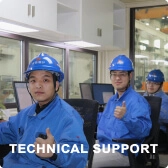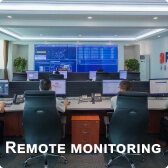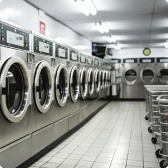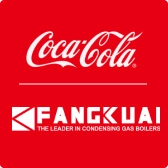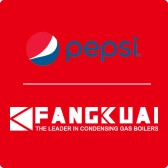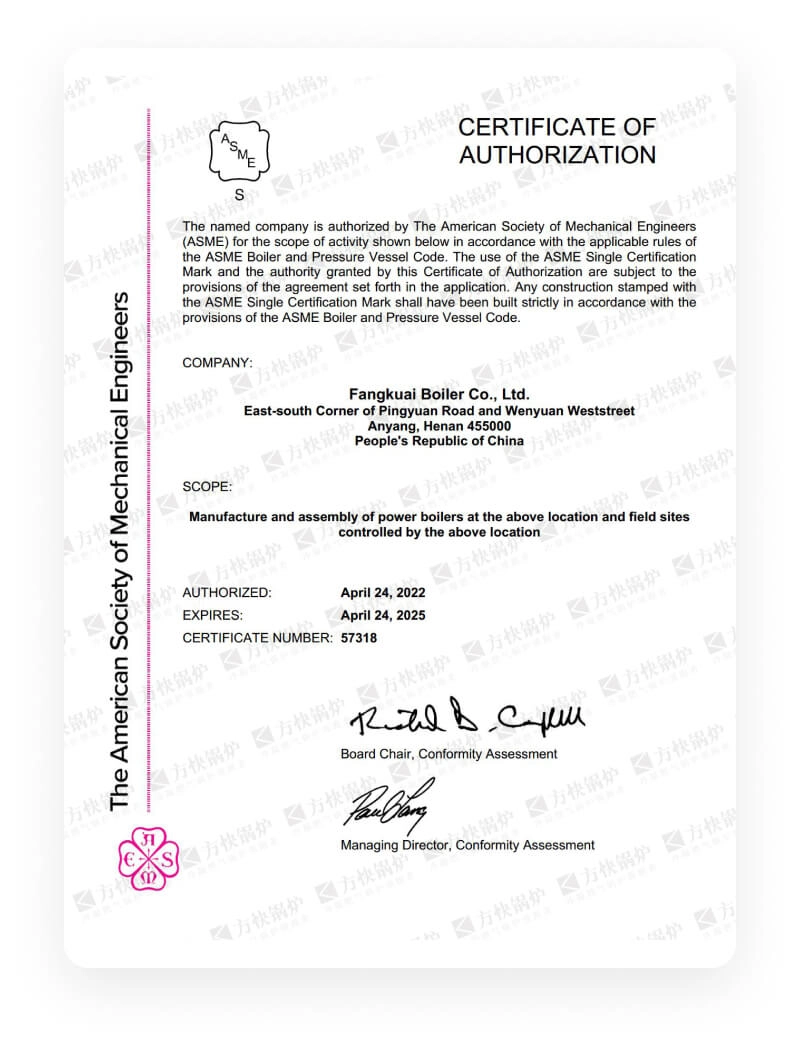Boiler automatic water supply device | Comprehensive boiler guide
date: 2024-11-08
Page preview:
Introduction
The boiler automatic water feeding system is a crucial component of the boiler system, responsible for maintaining the boiler's water level within a safe and economical range to ensure stable operation.
Role of Boiler Automatic Water Feeding Systems
The primary role of boiler automatic water feeding systems is to automatically regulate the water supply to the boiler, maintaining the water level within a set range. This prevents the boiler from drying out due to lack of water and avoids safety hazards and decreased steam quality caused by excessively high water levels.
Working Principle
Boiler automatic water feeding systems typically work based on the following principles:
-
Water Level Monitoring: Real-time monitoring of the boiler's water level through a water level gauge.
-
Signal Processing: Conversion of the water level signal into an electrical signal and input into the controller.
-
Control Decision-Making: The controller calculates the required water supply based on the preset water level range and the current water level signal.
-
Action Execution: Regulation of the water flow through electric or pneumatic valves and other actuating mechanisms to achieve the set water level.
Types of Boiler Automatic Water Feeding Systems
Based on control methods and signal sources, boiler automatic water feeding systems can be classified into various types, such as single-parameter, dual-parameter, and triple-parameter automatic water feeding control systems.
-
Single-Parameter Automatic Water Feeding Control System: Uses water level as the sole regulating signal, controlling the water level by adjusting the opening of the water supply valve. This system is simple but may be affected by "false water level" phenomena.
-
Dual-Parameter Automatic Water Feeding Control System: Introduces steam flow as a feedforward signal on top of the single-parameter system, overcoming the impact of steam flow disturbances on "false water level". This system provides more accurate water level control and enhances boiler operation stability.
-
Triple-Parameter Automatic Water Feeding Control System: Incorporates water flow as a feedback signal in addition to water level and steam flow. This system responds more quickly to changes in water flow, further improving the control accuracy and stability of the boiler.
Installation and Maintenance
Installation Requirements:
-
Install the boiler automatic water feeding system in an easily observable and operable location.
-
Ensure all connecting pipes and valves are securely fastened to prevent leaks.
-
Correctly connect the power supply and grounding wires according to the equipment's electrical requirements.
Maintenance Requirements:
-
Regularly check the operating status of the water level gauge, controller, and actuating mechanisms to ensure they are functioning properly.
-
Clean pipes and valves to prevent clogging and leaks.
-
Lubricate and maintain electric or pneumatic valves and other actuating mechanisms to ensure smooth and reliable operation.
-
Conduct overall inspections and testing of the boiler automatic water feeding system regularly to ensure its performance meets design requirements.
Safety Precautions
-
Prevent Overpressure Operation: Ensure the boiler's operating pressure does not exceed the design pressure and install overpressure protection devices.
-
Prevent Water Shortage and Dry Burning: Regularly check the boiler's water level, ensuring it remains within the normal range, and install low-water level alarm devices.
-
Prevent Overheating: Strictly control the boiler's outlet temperature, not exceeding the design temperature, and install overtemperature protection devices.
-
Emergency Response: In case of malfunctions or abnormalities in the boiler automatic water feeding system, immediately take emergency measures and contact professionals for repair.
In conclusion, boiler automatic water feeding systems are indispensable components of boiler systems. By understanding their working principles, types, installation and maintenance requirements, and safety precautions, you can better ensure the stable operation and safe use of boilers.


